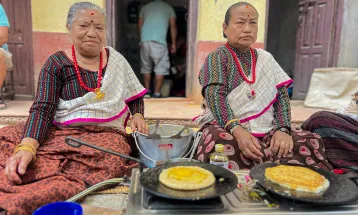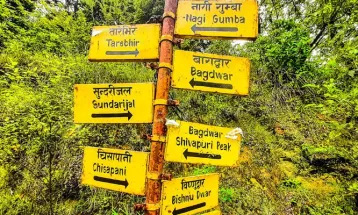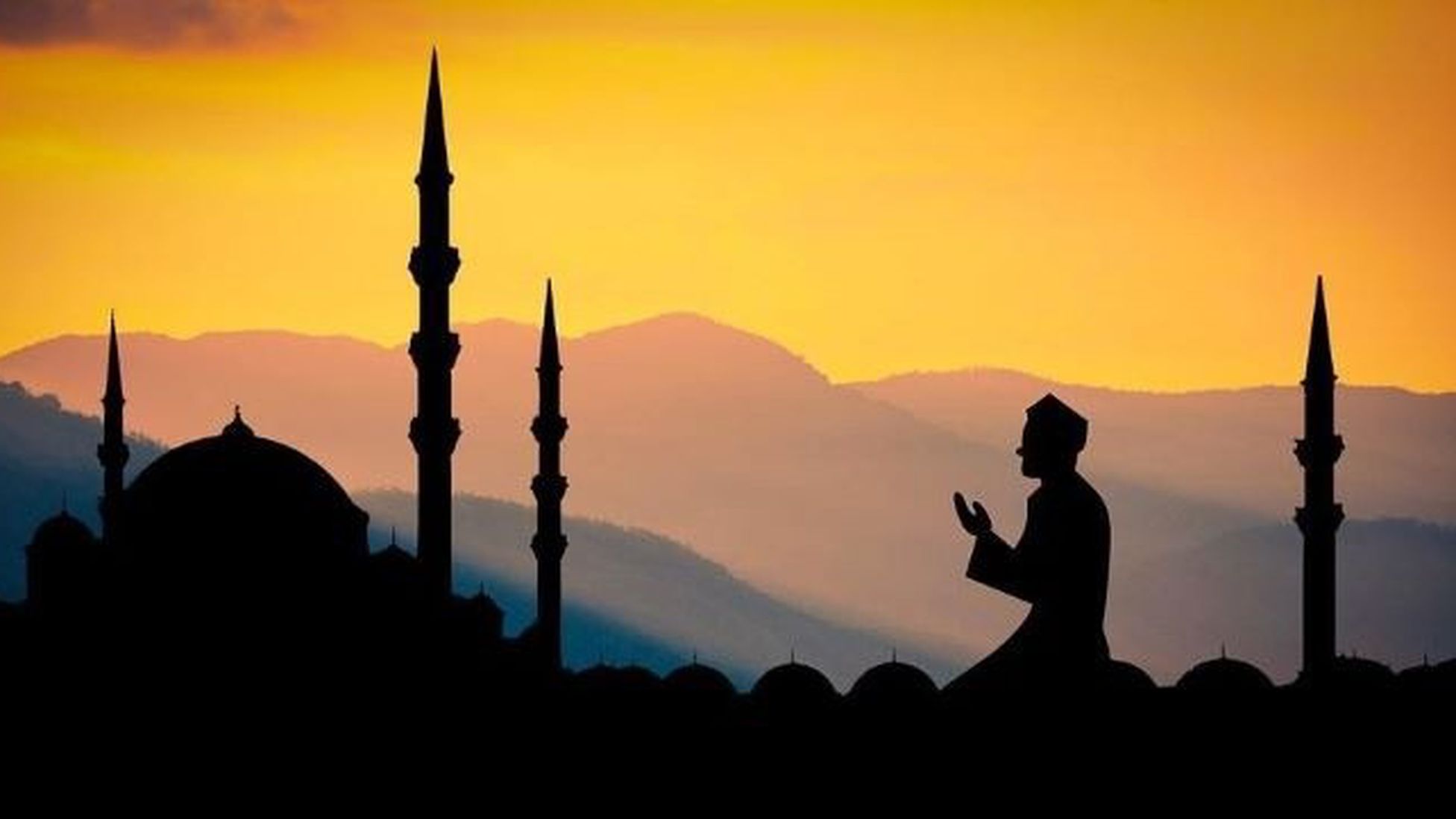- Home
- World Tour
- Ayodhya: The Sacred City of Faith and Heritage

Ayodhya: The Sacred City of Faith and Heritage
Ayodhya, a city situated on the banks of the sacred Sarayu River in the northern Indian state of Uttar Pradesh, holds a unique place in the hearts of millions as a symbol of cultural and religious heritage. Known as the birthplace of Lord Rama, an incarnation of the revered deity Vishnu, Ayodhya is steeped in mythology and history, making it a pilgrimage destination for Hindus and a site of cultural significance for people around the world.
Mythological Significance: Ayodhya is primarily known for being the birthplace of Lord Rama, the seventh incarnation of Lord Vishnu. According to the Hindu epic, the Ramayana, Ayodhya was the capital of the ancient Kosala Kingdom and the ruling seat of King Dasharatha, Rama's father. The city is intricately woven into the narrative of Rama's life, from his birth to his exile and eventual return, which is celebrated annually during the festival of Diwali.

Ram Janmabhoomi: The Ram Janmabhoomi, located in Ayodhya, is believed to be the exact spot where Lord Rama was born. The Babri Masjid, built in the 16th century, stood on this site until its demolition in 1992, leading to a prolonged legal and social dispute. The Ayodhya dispute was a contentious issue that garnered widespread attention, reflecting the complexities of balancing religious sentiments with legal considerations.
Ayodhya Today: In recent years, Ayodhya has undergone transformative changes as efforts have been made to enhance its cultural and religious significance. The construction of the Ram Mandir, a grand temple dedicated to Lord Rama, has been initiated at the Ram Janmabhoomi site, marking a pivotal moment in the city's history. This development has been received with enthusiasm by devotees and is seen as a symbol of national integration.
Pilgrimage and Tourism: Ayodhya attracts pilgrims and tourists alike who seek to immerse themselves in the city's rich religious and cultural ambiance. The city is dotted with numerous temples, ghats, and ashrams, each contributing to the spiritual experience of visitors. The Kanak Bhawan, Hanuman Garhi, and the Treta Ke Thakur temple are among the revered sites that draw devotees year-round.
Cultural Festivals: Ayodhya comes alive during various Hindu festivals, with Diwali being the most significant. The city illuminates with millions of lights, celebrating Lord Rama's return from exile. The festival of Kartik Purnima, marking the end of the sacred month of Kartika, also witnesses grand celebrations, drawing pilgrims from different parts of the country.
Conclusion: Ayodhya, with its blend of mythological significance and historical importance, continues to be a beacon of faith for millions of people. As the city undergoes a cultural and architectural renaissance with the construction of the Ram Mandir, Ayodhya stands as a testament to the enduring spiritual legacy that transcends time and resonates with the hearts of those seeking a connection with their religious and cultural roots.












Comment / Rely From